Shop the article
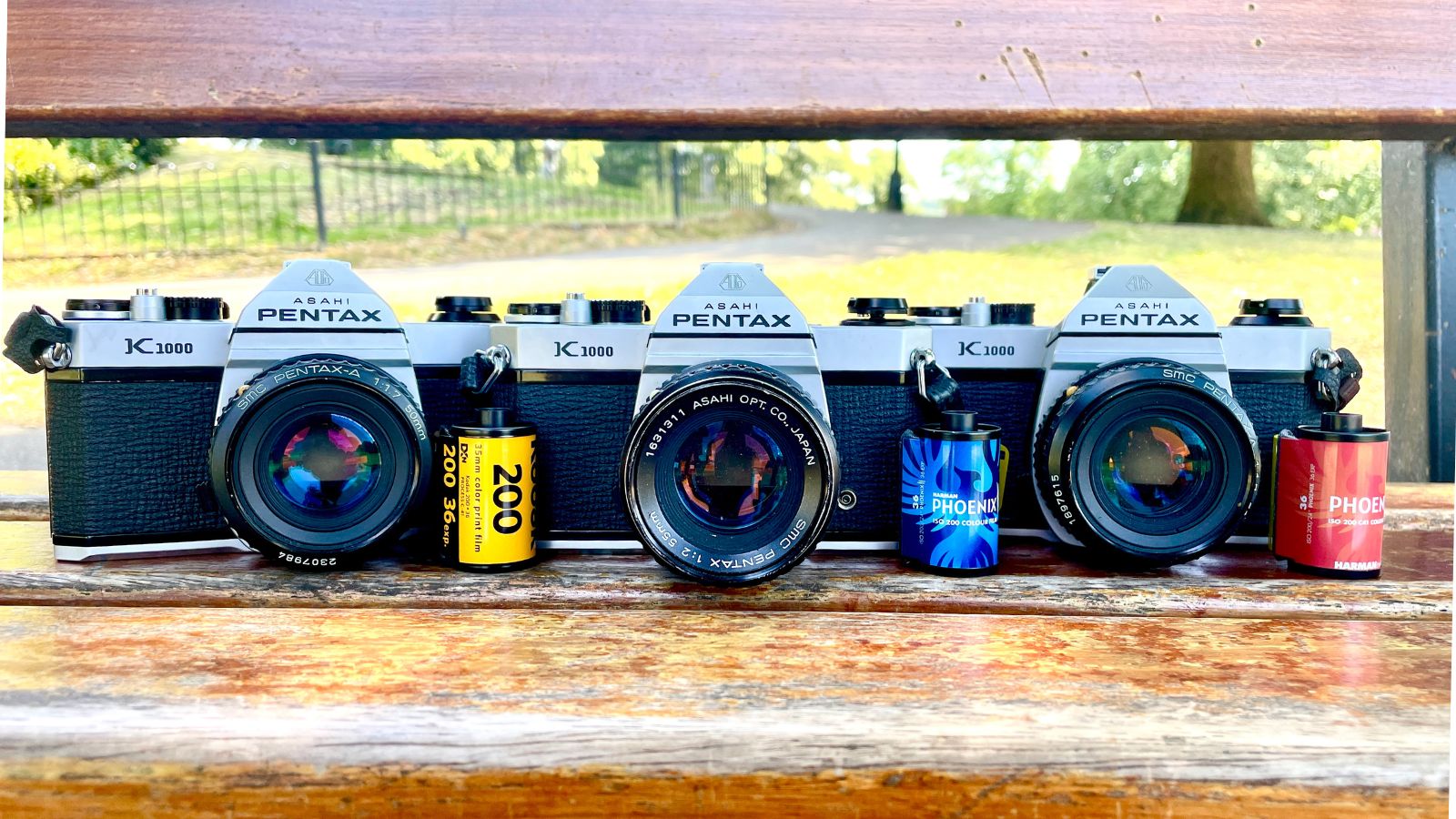
Harman Phoenix vs Harman Phoenix II vs Kodak Gold: What’s The Difference?
By Amy Farrer
Harman Phoenix II has dropped and we couldn’t be more thrilled! As we revel in the excitement of this brand-new film release, we’re also taking a moment to appreciate the bigger picture: this is the second ever colour film to be made right here in the UK 🤯 Fresh, original colour film is a rarity worth celebrating. With the creation of Phoenix II, Harman has taken a big step forward for the future of colour film production. What began as an experimental, creative emulsion has evolved into a serious contender - one that might just earn a permanent spot in your camera bag!
To see how Phoenix 2 holds up, Amy and Hakeem took it out for a head-to-head photoshoot - pitting it against warm-toned original Phoenix and the much-loved Kodak Gold 200, all shot on Pentax K1000 film cameras. We explore how Phoenix handles colour, highlights, shadows, and halation - comparing the differences in palette and performance across both versions - and of course Kodak Gold!
Phoenix vs Phoenix II: What’s the difference?
Building on the legacy of its predecessor, Harman Phoenix II offers a refreshed take on this colour film with a cooler, more refined tonal palette compared to the warm fiery tones that Phoenix is famous for. Harman Phoenix made its bold debut in December 2023 as the first colour film ever to be made entirely from scratch in the UK. Its experimental character delivered bold results: pronounced grain, punchy colours, strong contrast, and signature red halation - features that thrilled some film photographers and confused others 😂.
Following 18 months of dedicated R&D from Harman, we are delighted to welcome Phoenix 2 to the world. Harman has methodically collected, summarised, and acted upon community feedback and technical insight from labs around the world (including ours!) to deliver a second-generation film with noticeable improvements in colour palette, contrast, grain, and sharpness.
You can also expect greater detail in both highlights and shadows, alongside a forgiving exposure latitude to allow for more natural experimentation. These enhancements increase Phoenix II’s versatility - making it the perfect addition to your 35mm or 120 colour film collection.
If you’re wondering how the results of our shoot-out went the first time round - comparing Harman Phoenix 200 to Kodak Gold 200 and Lomography Colour Negative 100 - have a read of our blog here.

Harman Phoenix (left) vs Harman Phoenix II (right) - notice the subtle differences in colour, highlights, shadows and image clarity.
What we know about Kodak Gold
It’s no surprise that Kodak Gold 200 stands as our best-selling colour film, across both 35mm and 120 formats. Renowned for its versatility, Gold offers exceptional exposure latitude and fine grain for an ISO 200 film, making it a go-to choice for a variety of scenarios. Like its siblings in the Kodak colour range, Gold 200 delivers beautifully accurate skin tones and natural true-to-life colours with a subtle touch of warmth, delivering that ‘90s aesthetic we all know and love. Its reliability and consistency is clear - reflected in its glowing 4.9 star rating from our community of film shooters.
Methodology for comparing the films
To create an accurate and useful comparison for you, we shot three rolls in as consistent manner as possible:
- Using three Pentax K100 film cameras with (okay you got us here) three lenses - 50mm, 55mm and 28mm. We had an issue with our original trio of 50mms working perfectly under the pressure of the day… please forgive us 🙏
- Replicating the same exposure readings for every shot on every film.
- Using three 36 exposure colour films at ISO 200.
- Ensuring uniform composition (where possible with the 28mm) and shooting under consistent lighting conditions.
Now that you know the setup, let’s dive into the best part - side-by-side comparisons, with a close look at the differences in colours, highlights, shadows and the halation effects, of each film. We couldn’t be more excited to see the results of our experiment, after our WonderLab turned around the processing and scanning in just a few hours.

What a set up! My neck is paying for it now, but carrying three of the same analogue cameras certainly garnered some attention from the locals 😅
Harman Phoenix II: A step closer to Kodak Gold…
The differences in colour palette between these three films couldn’t be clearer in the first frame. It illustrates the evolution of Harman’s first attempt at manufacturing a colour film to their second. What’s particularly striking is how close Phoenix II comes to the cleaner tones of Kodak Gold. For a film made from scratch in around just three years - by a company that has over a century of monochrome experience but zero prior with colour - that level of progress is seriously impressive. You can also clearly see how the Phoenix emulsion has evolved here too. Those strong magenta and orange tones have been dialled back in favour for a more natural, green-leaning colour palette in the second iteration.

Harman Phoenix 35mm (left), Harman Phoenix II 35mm (middle), Kodak Gold 200 35mm (right). Metered at 1/500 f11.
Highlights, shadows & halation
There’s no denying it - Harman is known for its mighty contrast. Some film shooters love that punchy look (I do!), but others find the deep shadows a bit too ‘muddy’, with details getting lost in the darker areas. Highlights can also suffer, often blowing out that familiar red halation glow.
One of the key improvements of Phoenix II is its ability to retain more detail in both highlights and shadows, offering a noticeably more forgiving exposure latitude. As you can see here, the shadow rendering in Phoenix II isn’t far off what you get with Kodak Gold. Those pink-heavy tones have shifted towards a more natural, green-balanced palette and you can see the mint green church door peeking through the shadows.

Harman Phoenix 35mm (left), Harman Phoenix II 35mm (middle), Kodak Gold 200 35mm (right). Metered at 1/250 f11.
Phoenix 2 still creates that signature halation effect, especially around bright light sources. This glowing effect has become hugely popular in modern film photography - especially in night scenes captured on cinefilm stocks like CineStill 800T. But it can look just as stunning in daylight, as seen below with the light reflecting off the water.
What’s interesting is the difference in tone: the original Phoenix produces a dramatic red glow, whereas Phoenix II offers a softer, golden sparkle. Kodak Gold on the other hand has an anti-halation backing (you might have seen discussions about “remjet” in cinefilm - this is the same arena!), which prevents this glow - so the bright spots on the water are subdued. Personally, I love the halation effect on water! It adds such a beautiful character. What do you think?

Harman Phoenix 35mm (left), Harman Phoenix II 35mm (middle), Kodak Gold 200 35mm (right). Metered at 1/250 f16.
Switching from warm to cold (or balanced colours)
This was the first image I picked for a comparison and after sharing it with some of the AW team, we were all genuinely impressed by Phoenix’s glow-up. Harman has noticeably toned down those warm, magenta-heavy hues, resulting in colours that feel far more true-to-life and natural. While it still differs from Kodak Gold’s signature vintage yellow cast, the updated palette is much better suited to a landscape like this. It’s subtle, balanced and realistic. And we must say, that looks like the perfect spot to watch the world go by on a beautiful summer’s day!
This frame also sparked a lightbulb moment 💡within the team - could the green-first tones of Harman Phoenix II actually be a closer match to Kodak UltraMax 400? UltraMax is known for its punchy saturation and cooler colour bias, while Gold has a subtle warmth with more balanced colours and contrast. Of course, the comparison gets a little tricky when you factor in speed: UltraMax is ISO 400, whereas Phoenix II is ISO 200, so you’d be sacrificing some consistency there. Or even, Fujifilm C200? Still, we’d love to know if anyone is up for putting these theories to the test…

Harman Phoenix 35mm (left), Harman Phoenix II 35mm (middle), Kodak Gold 200 35mm (right). Metered at 1/250 f5.6.
How does Phoenix and Gold compare for portraits?
We didn’t get a chance to capture any portraits ourselves this time (trust us - you’re not missing out on our sweaty faces 😂) but we can admire some of Harman’s test shots instead. When it comes to portraiture, the differences between these three emulsions really start to shine.
The original Phoenix wasn’t necessarily designed with portraits in mind - those bold pinky-orange tones can dominate the frame. That said, they can work brilliantly to enhance features like red hair and warm skin tones like in the example below. Phoenix II, in contrast, offers a much cleaner result. It leans into cooler blue and green hues, with flesh tones that feel far more true-to-life. Kodak Gold brings back the warmth, but in a softer, more nostalgic way - golden hour glow in a cosy, understated palette.

© Michelle Parr on Harman Phoenix 35mm (left), © Hashem McAdam on Harman Phoenix II 35mm (middle), © Lia Silina on Kodak Gold 200 35mm (right).
How do 120 formats of Phoenix, Phoenix II and Kodak Gold Compare?
In September 2024, Harman expanded the Phoenix range to include 120 format and medium format shooters were thrilled with the results - including Paul, who had the opportunity to test it out pre-launch! While the original 35mm version gained a reputation for being a little ‘unpredictable’ due to its experimental nature, the 120 format benefitted from extra refinement and time, resulting in a noticeably cleaner negative. This was all while still preserving the signature warm tones that made Phoenix so distinctive. Thanks to the larger negative size and higher image quality, medium format allows this unique emulsion to truly shine (and minimised the grain size relative to the full photo). We’re hopeful that’ll be the same for Harman Phoenix II in 120 - judging by the early examples we’ve seen of Phoenix 120, I think it’ll exceed the community’s expectations.
The story is much the same when comparing the 120 versions of Phoenix, Phoenix II, and Kodak Gold. Phoenix continues to deliver its signature bold contrast and warmth in medium format, with those rich shadows still making a strong appearance. However, in Phoenix II, the fiery tones are somewhat subdued - giving the greens a chance to shine while maintaining the unmistakable, characterful colour palette that makes your images pop. As for Kodak Gold, it’s a consistent crowd-pleaser in 120 format. The gentle yellow undertones and flattering, true-to-life skin tones make it a reliable choice for a wide range of subjects, and it carries over beautifully in medium format.

© Jose Carvajal on Harman Phoenix 120 (left), © Naeem Douglas on Harman Phoenix II 120 (middle), © Dominic Mclaren on Kodak Gold 200 120 (right).
Of course, the “best” choice all comes down to the mood and character you’re aiming for in your images and how your surroundings interact with your subject/scene. All of these films offer something unique and each of them could be the perfect pick depending on the moment you’re looking to capture. It might take a while for Harman to get to Kodak’s level of colour film production, but there’s no denying that they’re flying the flag for film production in the UK - with Ilford, Kentmere, and now Harman. We are SO lucky to be a part of such an active and thriving community!
It’s time to head out on your own experiments! Kick it off with the Harman Phoenix II Collector’s Edition, featuring five rolls of Phoenix II and official Harman merchandise at 20% off. Or you can grab a roll in 35mm or 120 formats. There’s even more to look forward to if you’re a Club AW member too, as you’ll automatically earn twice as many WonderPoints on your orders this week - and be well on your way to redeeming vouchers for free film! Plus, there’s no better time than now to invite your friends to join in the fun - to celebrate, we’ve doubled our referral scheme so you'll get 500 WonderPoints when they sign up.
What’s the first thing you’ll shoot on Harman Phoenix II? 🤩
Be a part of the journey. Share your results, use #phoenixfilm2 and #harmanphoenix2, and follow @harmanphoto to stay in the loop. You can also tell us about your experience - and others looking to try out Harman Phoenix II - by leaving a review on the product pages. We cannot wait to see the incredible images you’ll create with this new and improved emulsion!
Ready to dive in?
Keep Reading
View all
Harman Phoenix vs Harman Phoenix II vs Kodak Gold: What’s The Difference?
Harman continues their colour film journey with new-and-improved Harman Phoenix II, but how does it compare to the original Harman Phoenix emulsion and fan-favourite Kodak Gold 200? We put it to the test!
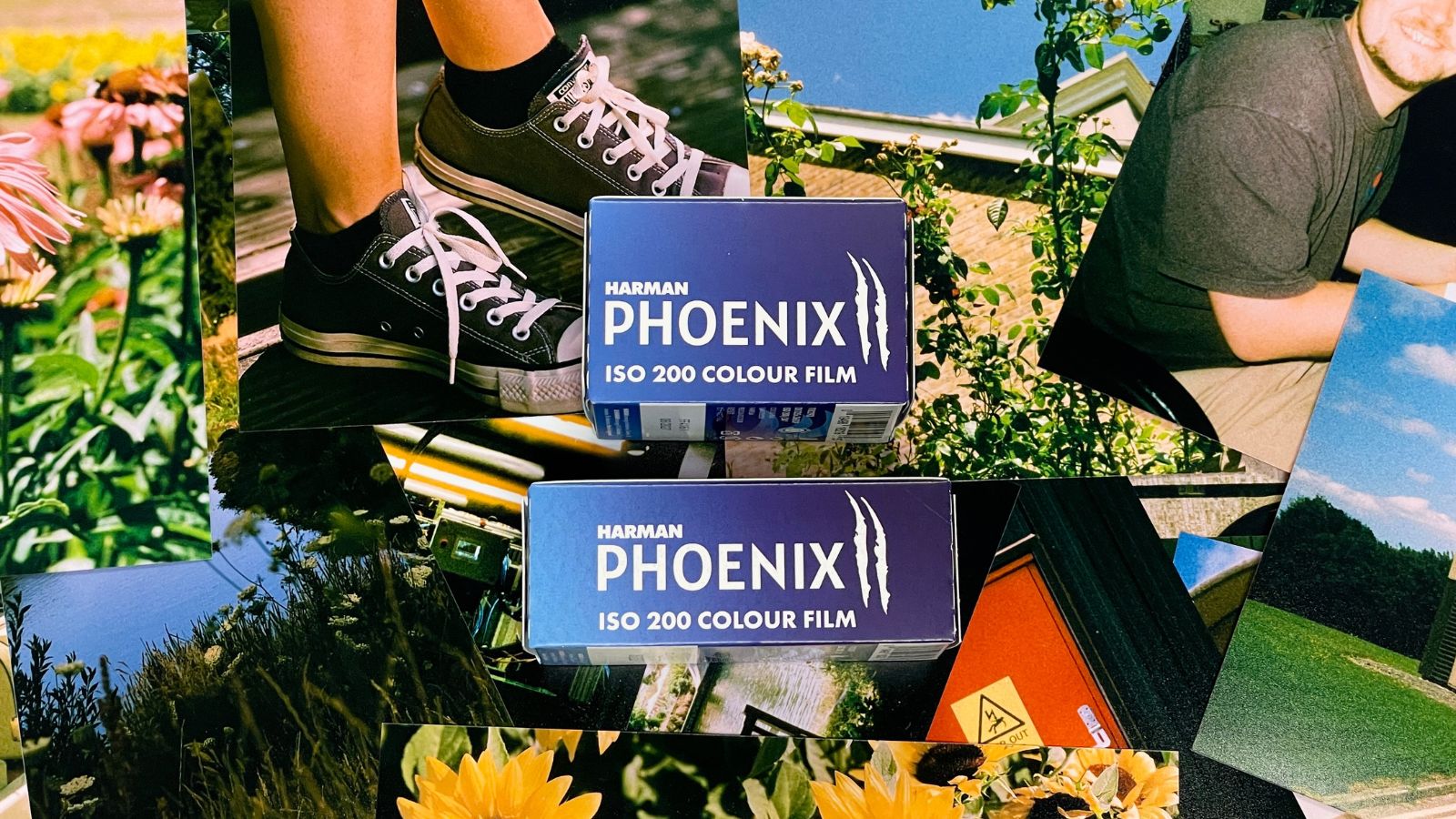
Introducing Harman Phoenix II: A Leap Forward in the Future of UK Colour Film Production
Harman continues their colour film journey with the release of their second-generation film: Harman Phoenix II, now available in 35mm and 120 formats! Read on to find out why this is an important milestone for the UK film community.
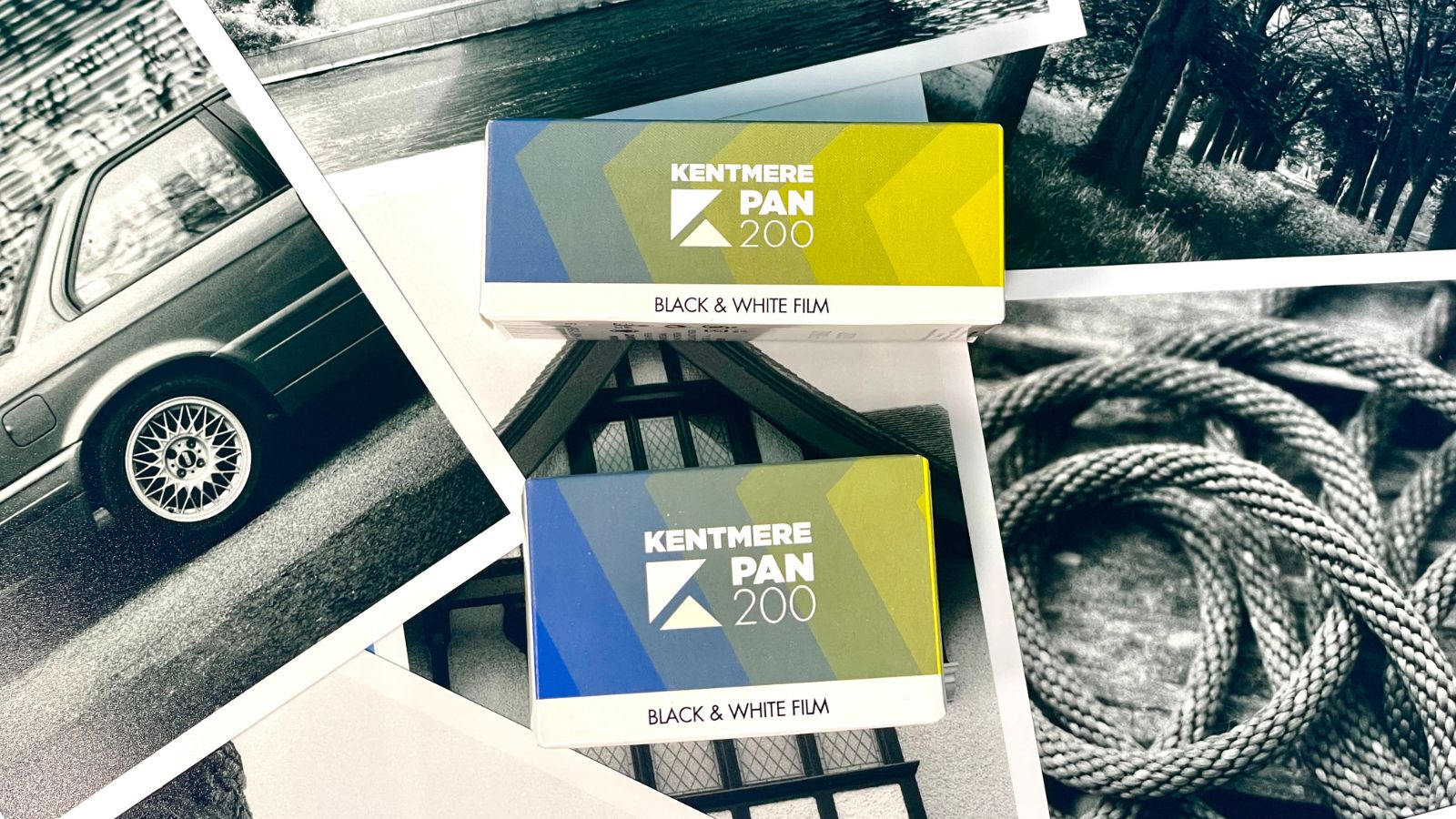
Meet Kentmere 200: A New Budget B&W & Beginner-Friendly Film From Harman
Harman Photo completes their family of black and white films with Kentmere 200 - a high contrast, medium grain, 200 ISO film available in 35mm, 120 and 35mm bulk roll formats. Here’s our first thoughts on the new release!
Subscribe to our newsletter 💌
Sign up for our newsletter to stay up to date on film photography news, sales and events:
Free Tracked Shipping
On all UK orders over £50
Passion For Film
An unbeatable range and an on-site lab
Our Customers Trust Us
Thousands of independent 5* reviews
All Deliveries are Carbon Neutral
Independently audited and verified by Planet
- Opens in a new window.



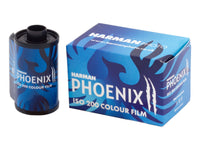
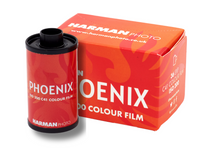
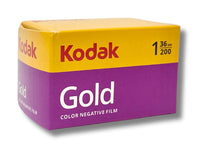
1 Comment -
Mark Gowen •
Fantastic article… but yikes… not for me…of those 3, I’d choose the GOLD… which is odd because I’ve disliked it… like most negative films, since the 1980s…